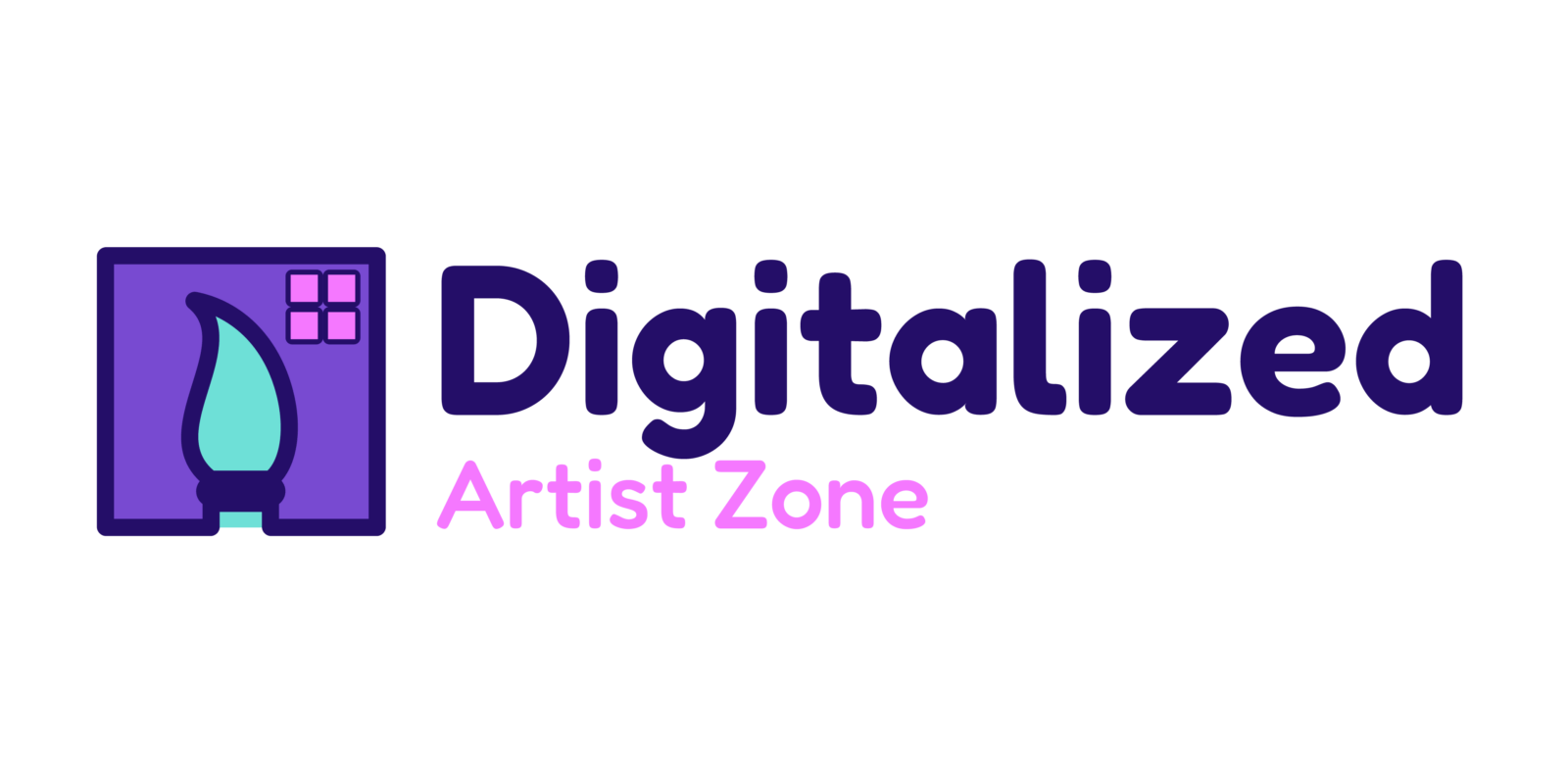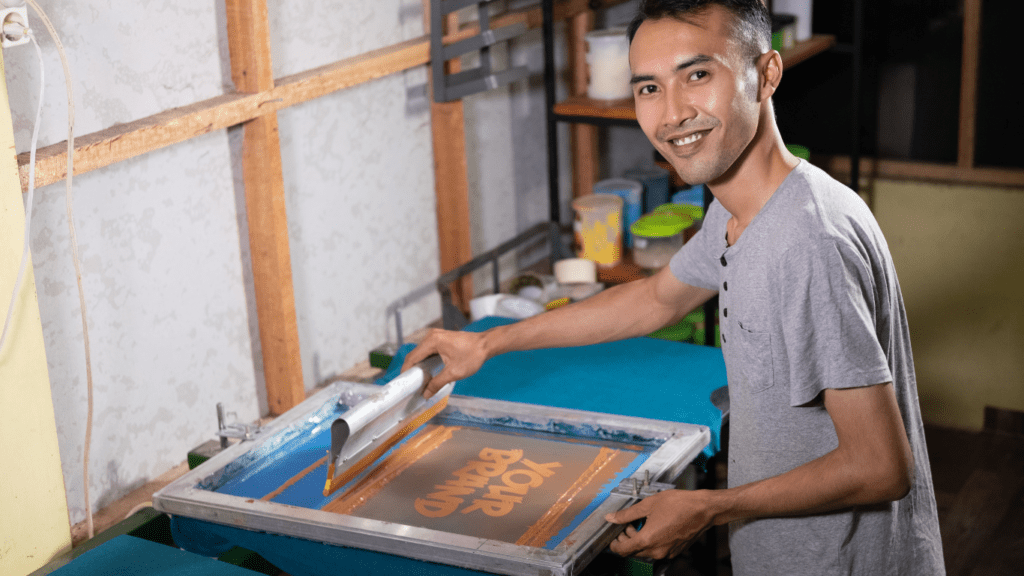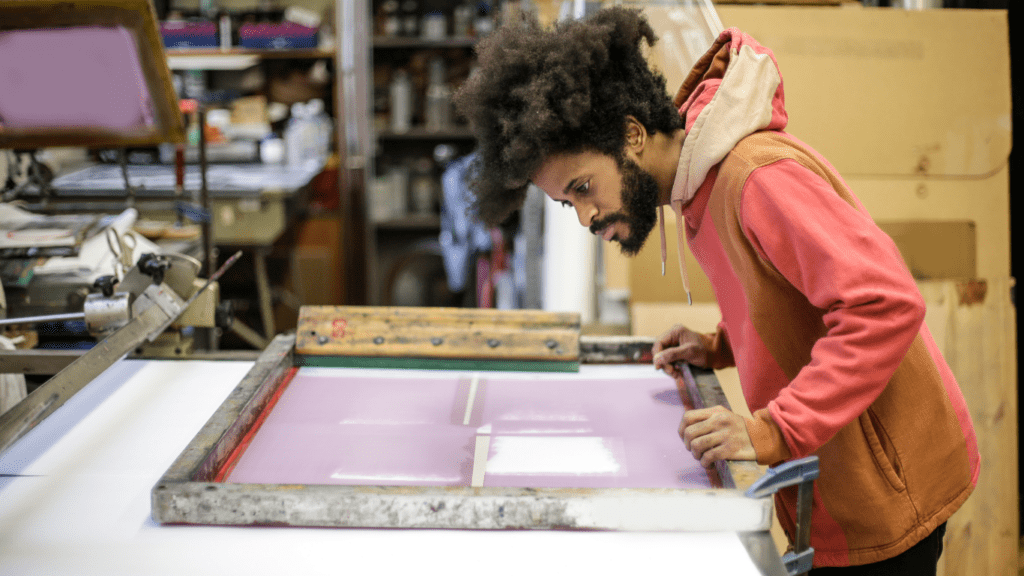When it comes to design, understanding the nuances between print and digital mediums is crucial for creating impactful visual experiences. As a designer, I’ve navigated the unique challenges and opportunities presented by both platforms, each requiring a tailored approach to effectively convey the intended message. In this article, I’ll delve into the key considerations that differentiate designing for print versus digital, offering insights to help you make informed decisions and optimize your design strategies.
From color profiles to typography, the shift from print to digital design demands a keen eye for detail and an understanding of how design elements translate across different mediums. As I explore the intricacies of each medium, I’ll share practical tips and best practices to enhance your design workflow and ensure your creations shine, whether in print or on screen. Join me as we uncover the art of balancing aesthetics with functionality in the dynamic world of design.
Understanding the Differences
Designing for print and digital mediums requires a nuanced approach to cater to their distinct characteristics and requirements effectively. As a designer, I navigate these variances daily, ensuring that my creations resonate perfectly in each medium. Let’s delve into the key variations between designing for print and digital platforms to elevate your visual communication strategies.
In print design, accuracy in color reproduction is paramount to maintain the intended visual impact. In digital design, however, the challenge lies in ensuring consistent color appearance across various devices and screens. Understanding these contrasting needs is crucial for crafting visually appealing designs that translate seamlessly across different mediums.
Typography also plays a vital role in distinguishing between print and digital design. In print, detailed typographic choices shine through on physical surfaces, whereas digital platforms require fonts that are easily readable on screens of all sizes. Balancing typographic elements based on the intended medium is essential to convey information effectively and engage the audience appropriately.
Moreover, the concept of space differs significantly between print and digital design. Utilizing white space effectively in print design contributes to readability and visual hierarchy, while in digital design, it helps in improving user experience by guiding the viewer’s focus on essential elements. Understanding how space influences the overall design is key to optimizing layout and composition for each medium.
By recognizing these fundamental discrepancies between print and digital design, designers can tailor their creative approach, ensuring that their visual messages resonate authentically across all platforms. It’s this adaptability and attention to detail that elevate the impact of designs, making them truly stand out in the dynamic landscape of visual communication.
Target Audience Analysis
When considering the target audience for print design, I focus on aspects like demographics, preferences, and consumption habits. Understanding the specific print media consumption patterns helps tailor design elements effectively.
- Print Audience Considerations
In print design, I take into account the tactile experience viewers have with materials like paper and ink. Reflecting on preferences for tangible objects guides decisions on textures, finishes, and overall sensory appeal in design. - Digital Audience Considerations
For digital design, I analyze user behavior patterns, interaction preferences, and device usage trends. Adapting designs to suit various screen sizes, resolutions, and interactive elements ensures optimized user experiences across digital platforms.
Design Elements Comparison
When contrasting Typography and Color Palette in print versus digital design, specific considerations must be acknowledged to ensure optimal visual communication across mediums.
Typography
In print design, font selection is crucial due to the fixed nature of printed materials, emphasizing legibility and readability for long-form content. Different typefaces are utilized for headlines, body text, and call-to-action elements based on the hierarchy of information. However, in digital design, responsive typography plays a vital role, adapting to various screen sizes and resolutions. The use of web-safe fonts and scalable text ensures consistency across different devices, enhancing user experience with accessible and visually appealing content.
Color Palette
Print design allows for precise color reproduction using CMYK color mode, ensuring accuracy in color representation on paper. Designers can choose from a vast array of hues and tones to achieve the desired visual impact. In contrast, digital design relies on RGB color mode for screen display, where colors may appear differently depending on the device and screen settings. Designers need to consider color accessibility for users with visual impairments and ensure color consistency across various digital platforms to maintain brand identity and enhance user engagement.
Content Formatting
In content formatting, it’s vital to consider the unique requirements of print and digital mediums to ensure optimal visual presentation. When designing for print, I focus on factors like typography, color profiles, and spacing to create a visually appealing layout that aligns with the intended aesthetic. In digital design, I prioritize responsive typography that adapts seamlessly to different screen sizes to enhance readability and user experience.
Typography plays a significant role in content formatting. In print design, my emphasis is on selecting fonts that are highly legible and readable to ensure the text is clear and accessible. On the other hand, digital design requires flexible typography that adjusts well to varying screen dimensions without compromising readability.
Color palette selection is another critical aspect of content formatting. Print design allows for precise color reproduction using the CMYK color model, ensuring accurate color representation in the final output. In contrast, digital design relies on the RGB color model, necessitating considerations for color accessibility and consistency across different devices to maintain visual coherence.
By understanding the specific nuances of typography and color management in print and digital design, I can tailor my content formatting strategies to create visually engaging and user-friendly designs that resonate with the target audience effectively.
Interactive Features
Incorporating interactive features is crucial when designing for digital platforms to enhance user engagement and provide dynamic content experiences. In digital design, I prioritize creating interactive elements that encourage user interaction, such as clickable buttons, animated graphics, and responsive layouts.
In contrast, when designing for print, I focus on static visual elements that convey information effectively without the need for user interaction. Print design relies on the use of static images and text to communicate the intended message clearly to the audience.
Understanding the difference in user behavior between print and digital mediums is essential when determining the type of interactive features to include in the design. By leveraging interactive elements effectively, I can create engaging digital experiences that captivate users and drive meaningful interactions with the content.





